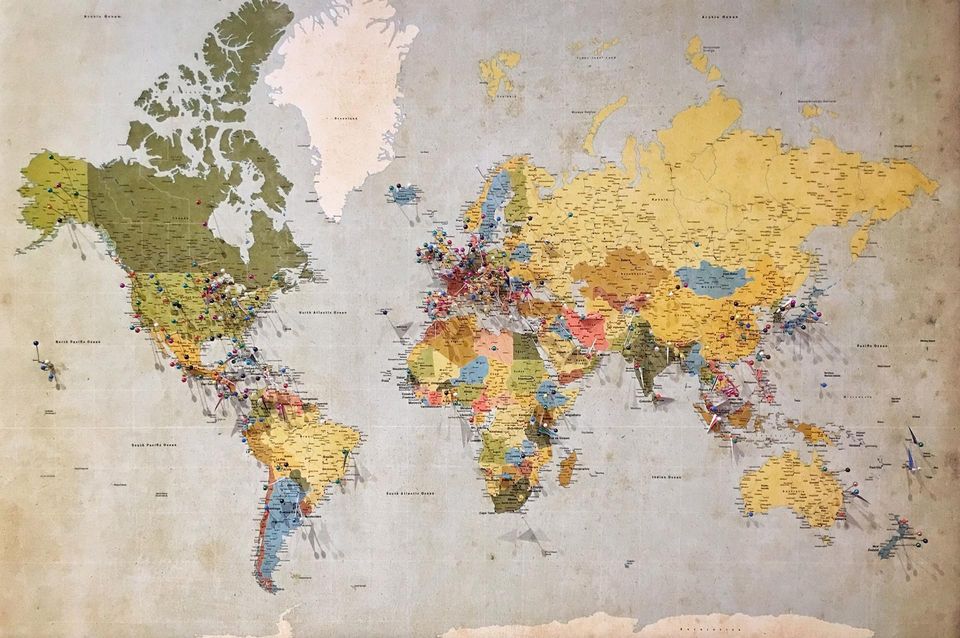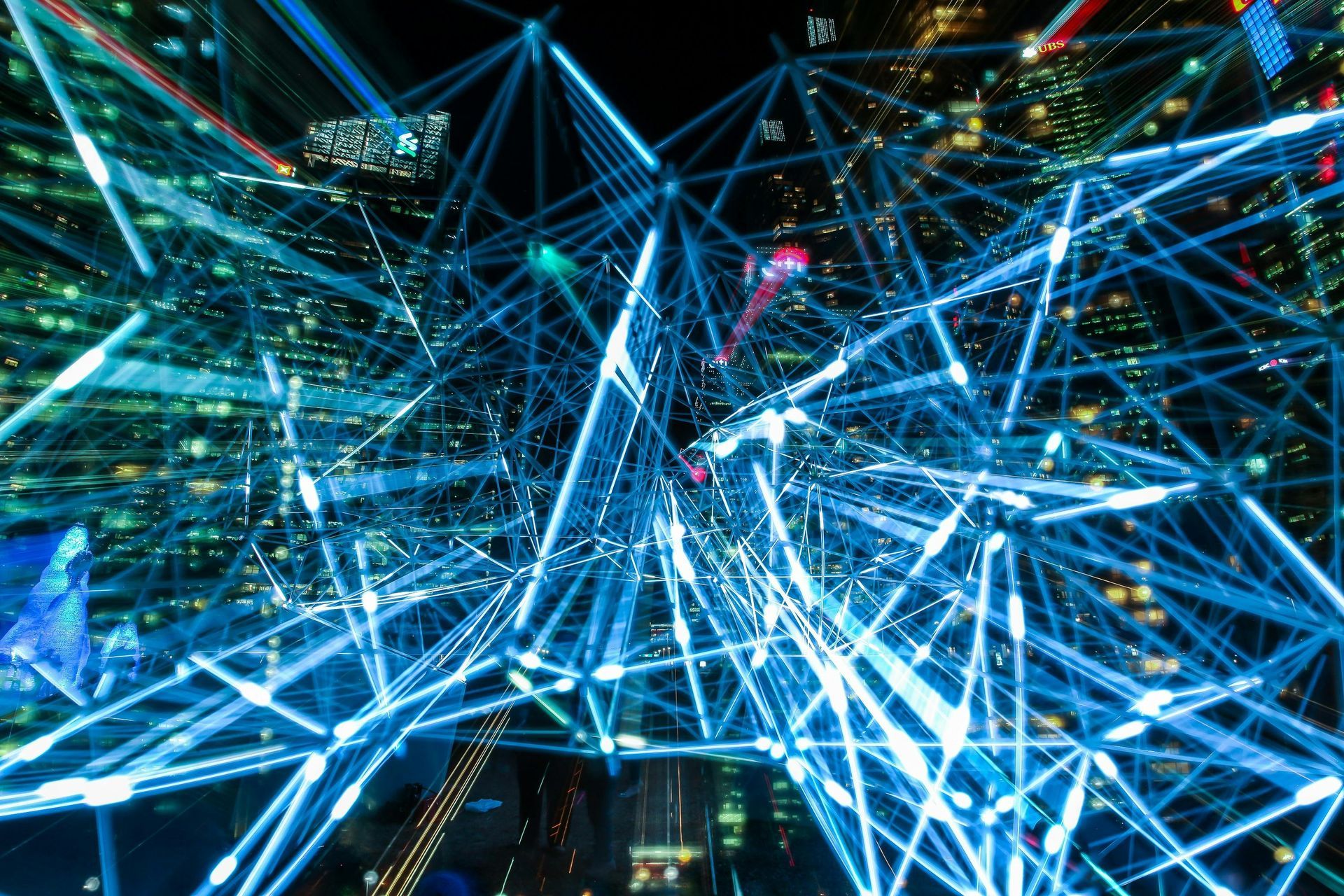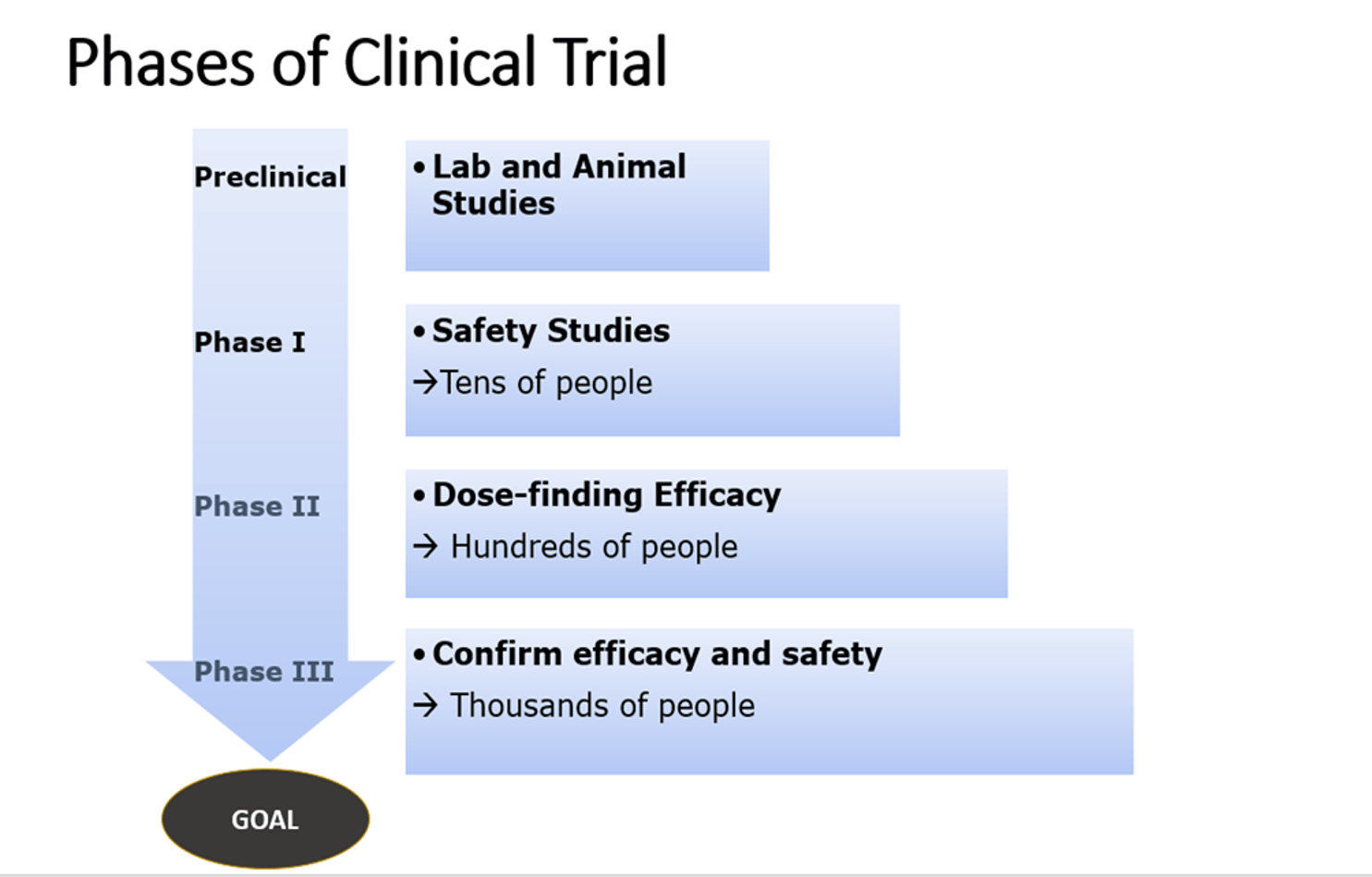COVID-19: LET'S TAKE STOCK OF THE SITUATION
Simone Rebora • 22 marzo 2020
Probably the most impactful global event since II World War

On Saturday, January 11, 2020, the first victim of Covid-19 was declared in Wuhan, China; two days after the first death in a foreign country, Thailand. On January 30, the WHO declared the global emergency and pandemic of March 11, 2020. So far, how many things have happened, how many restrictions have been applied and how our lives have changed. A lot.
Probably, the first questions that everyone is asking now are related to the end of the epidemic and how long it will take to get the vaccine. To the first, it is difficult to answer, but it depends on strict compliance with the restrictions that each citizen must follow every day; to the second, starting in February, I believe no less than 12-18 months, because we must consider the time needed to develop solid and consistent clinical trials, which can last for months. After that, there is the question of production capacity, but, let us proceed step by step.
TIME TO OBTAIN A VACCINE
After they have been created in the laboratory and tested on animal models, the vaccines must be tested on humans to verify first their safety and then their efficacy on a correct number of people under controlled conditions; at best it could last for months. As you can see below, there is a pre-clinical phase in the laboratory, after which there are three phases on humans. In general, this process takes years, but similar vaccines have worked safely in trials for several diseases, so it could be reduced in order to make the vaccine available to the whole population. Later, when the vaccine is ready, there will be another challenge: mass production.
PRODUCTION CAPACITY
Production capacity will certainly play an important role after the vaccine is approved, because it has to be produced in large quantities, so only a few companies can have the power to increase their production facilities. In fact, the real future problems could be the guarantee of the vaccine to all those who need it and the limitation of the supply chain: some countries have said that they will give priority to health workers and caregivers. The reason for this is to give priority to people living in or coming into contact with Covid-19 patients and then to those who have no contact with Covid-19 patients. From my point of view, this will be a crucial step to continue the fight against the virus, and it could probably be a complicated political issue: what could happen if a country with a reasonable production capacity decided to use its vaccine production mainly to defend the health of its citizens and, after securing it, to export the vaccine? Do you think this could be an impossible scenario? I hope so.
THE POWER OF FAKE NEWS
Have you ever thought about how easy it is to access information? A simple message, a click, a post, something like that. Everything allows us to share and disseminate information, whether it's true or false, it doesn't matter, just share and publish it! I suppose it is one of the most dangerous aspects of our society, because it makes the delicate balance of the community vulnerable, made up of people who believe in everything that is published. To avoid publishing and believing in false news, it is highly recommended to look for information in official and certified sources, such as the WHO, because a lot of false news circulates and can lead to the assumption of dangerous behavior, ineffective to prevent the contagion of Covid-19.
Here are the most frequent false reports:
1) Paracetamol treats Covid-19 infection.
2) Garlic prevents Covid-19 infection
3) Drinking a lot of water washes the virus out of the respiratory tract and pushes it into the stomach where it is destroyed by acid.
4) Vitamin C has a protective action against Covid-19
5) Antibiotics prevent Covid-19 infection
They're all FALSE!
What do you think?
Let me know and keep in touch!
⬛⬛⬛⬛⬛⬛⬛⬛⬛⬛⬛⬛⬛⬛⬛⬛⬛⬛⬛⬛⬛⬛
Sabato 11 gennaio 2020 la prima vittima di Covid-19 è stata dichiarata a Wuhan, in Cina; due giorni dopo la prima morte in un Paese straniero, la Thailandia. Il 30 gennaio l'OMS ha dichiarato l'emergenza globale e la pandemia dell'11 marzo 2020. Finora, quante cose sono successe, quante restrizioni sono state applicate e come è cambiata la nostra vita. Molto.
Probabilmente, le prime domande che tutti si pongono ora sono legate alla fine dell'epidemia e quanto tempo occorrerà per avere il vaccino. Alla prima, è difficile rispondere, ma dipende dalla stretta osservanza delle restrizioni che ogni cittadino deve seguire ogni giorno; alla seconda, a partire da febbraio, credo non meno di 12-18 mesi, perché dobbiamo considerare il tempo necessario per sviluppare sperimentazioni cliniche solide e coerenti, che possono durare mesi. Dopo di che, c'è la questione della capacità produttiva, ma, procediamo passo dopo passo.
TEMPO PER OTTENERE UN VACCINO
Dopo essere stati creati in laboratorio e testati su modelli animali, i vaccini devono essere provati sull'uomo per verificarne prima di tutto la sicurezza e poi l'efficacia su un numero corretto di persone in condizioni controllate; nella migliore delle ipotesi potrebbe durare mesi. Come si può vedere qui sotto, c'è una fase preclinica in laboratorio, dopo di che tre fasi sull'essere umano. In generale, questo processo richiede anni, ma vaccini simili hanno funzionato in modo sicuro in prove per diverse malattie, quindi, potrebbe essere ridotto al fine di rendere il vaccino disponibile a tutta la popolazione. Più tardi, quando il vaccino sarà pronto, ci sarà un'altra sfida da affrontare: la produzione massiccia.
CAPACITÀ DI PRODUZIONE
La capacità produttiva avrà certamente un ruolo importante dopo l'approvazione del vaccino, perché deve essere prodotto in grandi quantità, quindi solo poche aziende possono avere il potere di aumentare i loro impianti di produzione. Infatti, i veri problemi futuri potrebbero essere la garanzia del vaccino a tutti coloro che ne hanno bisogno e la limitazione della supply chain: alcuni Paesi hanno detto che daranno la priorità agli operatori sanitari e ai caregiver. La ragione di questa scelta è di dare priorità alle persone che vivono o entrano in contatto con i pazienti Covid-19 e successivamente a quelli che non hanno contatti con i pazienti Covid-19. Dal mio punto di vista, questo sarà un passo cruciale per continuare la lotta contro il virus, e probabilmente potrebbe essere una questione politica complicata: cosa potrebbe accadere se un Paese con una ragionevole capacità di produttiva decidesse di utilizzare la propria produzione di vaccini principalmente per difendere la salute dei propri cittadini e dopo averla assicurata, esportare il vaccino? Pensate che potrebbe essere uno scenario impossibile? Lo spero.
IL POTERE DELLE FAKE NEWS
Avete mai pensato a come sia facile accedere alle informazioni? Un semplice messaggio, un click, un post, qualcosa del genere. Tutto ci permette di condividere e diffondere informazioni, vere o false che siano, non importa, basta condividerle e pubblicarle! Suppongo che sia uno degli aspetti più pericolosi della nostra società, perché rende vulnerabile il delicato equilibrio della comunità, fatta di persone che credono in tutto ciò che viene pubblicato. Per evitare di pubblicare e credere in notizie false, si consiglia vivamente di cercare informazioni in fonti ufficiali e certificate, come l'OMS, perché molte notizie false circolano e possono far presumere comportamenti pericolosi, inefficaci per prevenire il contagio del Covid-19.
Qui ci sono le notizie false più frequenti:
1) Il paracetamolo tratta l'infezione da Covid-19
2) L'aglio previene l'infezione da Covid-19
3) Bere molta acqua lava il virus fuori dalle vie respiratorie e lo spinge nello stomaco dove viene distrutto dall'acido.
4) la vitamina C ha un'azione protettiva contro Covid-19
5) Gli antibiotici prevengono l'infezione da Covid-19
Sono tutti FALSE!
Cosa ne pensi?
fammi sapere e teniamoci in contatto!

Over the past months, through my LinkedIn series “Chapter: The Promise Journey,” I have explored how AI is weaving a transformative red thread throughout pharma’s complex ecosystem. This article offers a comprehensive summary and reflections on the early stages of this journey, highlighting the immense promise AI holds, and the leadership and cultural shifts required to fully realize its potential.

As artificial intelligence reshapes the pharmaceutical landscape, I am compelled to synthesize the key milestones and reflections from my LinkedIn series, The Promise AI Journey, into this first comprehensive summary. This article distills lessons from building AI roadmaps, navigating Pharma’s unique challenges, and envisioning a future where AI accelerates both innovation and ethical responsibility.


